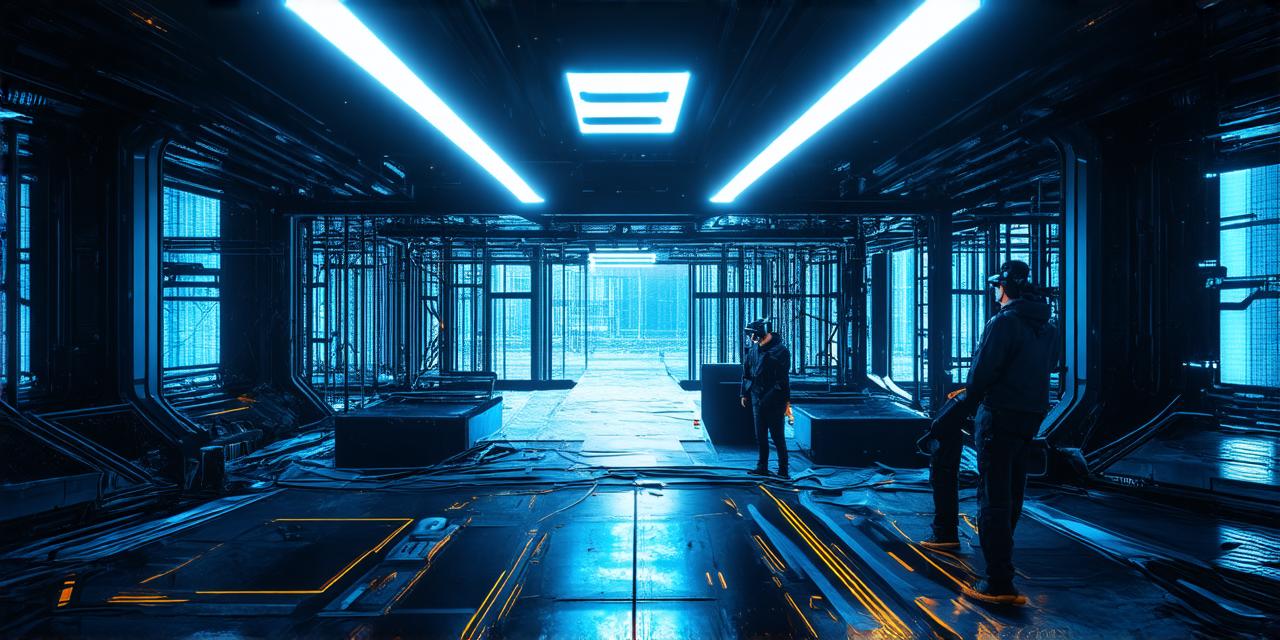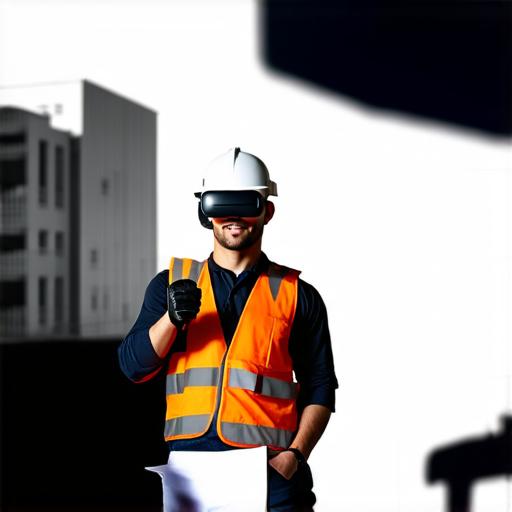
How can the construction industry make use of virtual reality?
Virtual Reality in Construction: A Brief Overview
Virtual reality (VR) technology is rapidly transforming the construction industry, and for good reason. With VR, architects, builders, and contractors can simulate and visualize construction projects in 3D, allowing them to identify potential problems before they arise and make more informed decisions about project design and execution. In this article, we’ll explore how VR is being used in the construction industry and how it’s helping to increase efficiency, reduce costs, and improve overall project outcomes.
Virtual Reality in Construction: A Brief Overview
Virtual reality technology has been around for several decades now, but it wasn’t until recently that it became widely adopted in the construction industry. Today, VR is being used to create highly realistic 3D models of construction projects, allowing architects and builders to visualize every aspect of a project before it begins.
How Virtual Reality is Revolutionizing Construction Projects
Virtual reality technology is revolutionizing construction projects in a number of ways. Here are just a few examples:
1. Improved Design and Planning
One of the biggest benefits of VR in construction is its ability to improve design and planning. With VR, architects and builders can create highly detailed 3D models of their projects, allowing them to visualize every aspect of a project before it begins. This not only helps to identify potential problems early on but also allows for more informed decision-making about project design and execution.
2. Reduced Costs
Virtual reality technology can help reduce costs in several ways. For example, by identifying potential problems early on, contractors can avoid costly mistakes later in the construction process, which helps to reduce overall costs. VR can also be used to simulate different scenarios, such as changes in weather or materials, allowing contractors to make more informed decisions about project design and execution, which can help reduce costs as well.
3. Increased Efficiency
Virtual reality technology can help increase efficiency by allowing contractors to identify potential problems early on and make more informed decisions about project design and execution. This not only helps to reduce the risk of costly mistakes later in the construction process but also allows for faster and more efficient project completion.

4. Improved Communication
Virtual reality technology can also improve communication between architects, builders, and contractors. With VR, everyone involved in a project can visualize the same 3D model, allowing for better collaboration and communication about project design and execution. This can help to reduce misunderstandings and errors, which helps to increase efficiency and improve overall project outcomes.
5. Enhanced Training and Learning
Virtual reality technology can also be used for training and learning purposes. For example, contractors can use VR simulations to practice different construction techniques and scenarios, allowing them to improve their skills and knowledge. This not only helps to improve individual performance but also helps to increase the overall efficiency of the construction industry as a whole.
Case Studies: How Virtual Reality is Being Used in Construction
1. Bechtel’s Virtual Plant Tour
Bechtel, an international engineering and construction company, has developed a virtual plant tour that allows clients to explore their facilities in 3D. With this tool, clients can see how projects are progressing, identify potential problems, and make more informed decisions about project design and execution. This not only helps to increase efficiency but also reduces the risk of costly mistakes later in the construction process.


